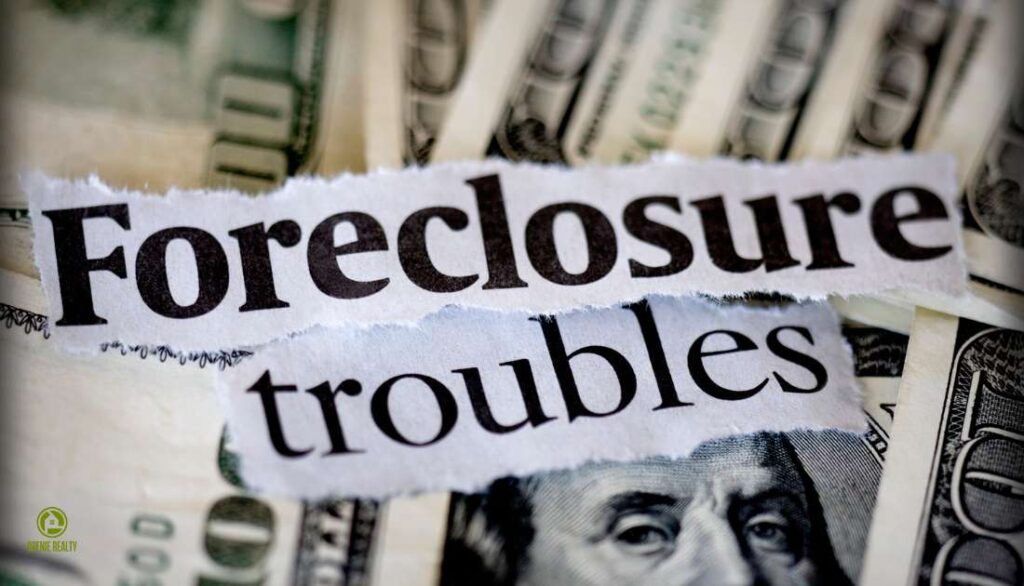Facing the threat of foreclosure can be an incredibly stressful experience. The fear of losing your home can lead to overwhelming emotions and uncertainty about the future. However, it’s important to remember that you have options. By taking proactive steps, you can work to prevent foreclosure and protect your financial future. Here are some key strategies about how to stop foreclosure:
1. Contact Your Lender
One of the first and most crucial steps is to reach out to your lender. Open communication can be incredibly beneficial. Many lenders understand that life can be unpredictable, and they often have programs in place to help borrowers in distress.
When you contact your lender, explain your situation honestly and inquire about potential options for a new payment plan. This might include temporary forbearance, where your payments are paused for a short period, or other solutions tailored to your specific circumstances. The sooner you reach out, the more options you’ll have to explore.
2. Refinance Your Loan
Refinancing your mortgage can be a powerful tool if you’re facing difficulties with your current loan. If you qualify for a lower interest rate, refinancing can significantly reduce your monthly payments.
This can provide immediate relief to your budget, allowing you to keep up with your financial obligations. Before considering this option, shop around to find the best rates and terms. It’s essential to assess your financial situation to ensure that refinancing is the right move for you, considering any associated costs.
3. Loan Modification
Loan modification is another effective strategy for homeowners struggling to make their mortgage payments. This process involves changing the terms of your mortgage to make it more manageable.
A loan modification could extend the term of your loan, reduce your interest rate, or even allow you to add missed payments to your current balance, spreading the cost over a longer period. This option can provide a sustainable path forward, but it requires working closely with your lender to demonstrate your need for assistance and to meet the necessary qualifications.
4. Sell Your Property
If you find that mortgage payments are unmanageable and loan modification is not feasible, selling your property may be the best option. While this can be a difficult decision, it allows you to avoid foreclosure and potentially sell your home for a fair price.
In a competitive housing market, you may be able to sell quickly and recoup some of your investment. This can provide the financial cushion you need to start fresh without the burden of an unmanageable mortgage.
5. Seek Professional Help
Navigating foreclosure can be complex, and sometimes it’s beneficial to seek professional assistance. There are housing counselors and foreclosure prevention services available that can provide guidance tailored to your situation.
These professionals can help you understand your rights, explore available options, and assist you in communicating effectively with your lender. Additionally, legal advice may be necessary if you’re facing aggressive foreclosure proceedings.
Conclusion
The threat of foreclosure can feel insurmountable, but it’s essential to remember that you have options. By contacting your lender, exploring refinancing, considering loan modifications, and potentially selling your property, you can take proactive steps to protect your home and financial well-being.
Each situation is unique, so carefully assess your circumstances and seek professional advice if needed. Remember, acting sooner rather than later is key to stopping foreclosure and finding a path forward. Don’t hesitate to reach out for help—you’re not alone in this process.



